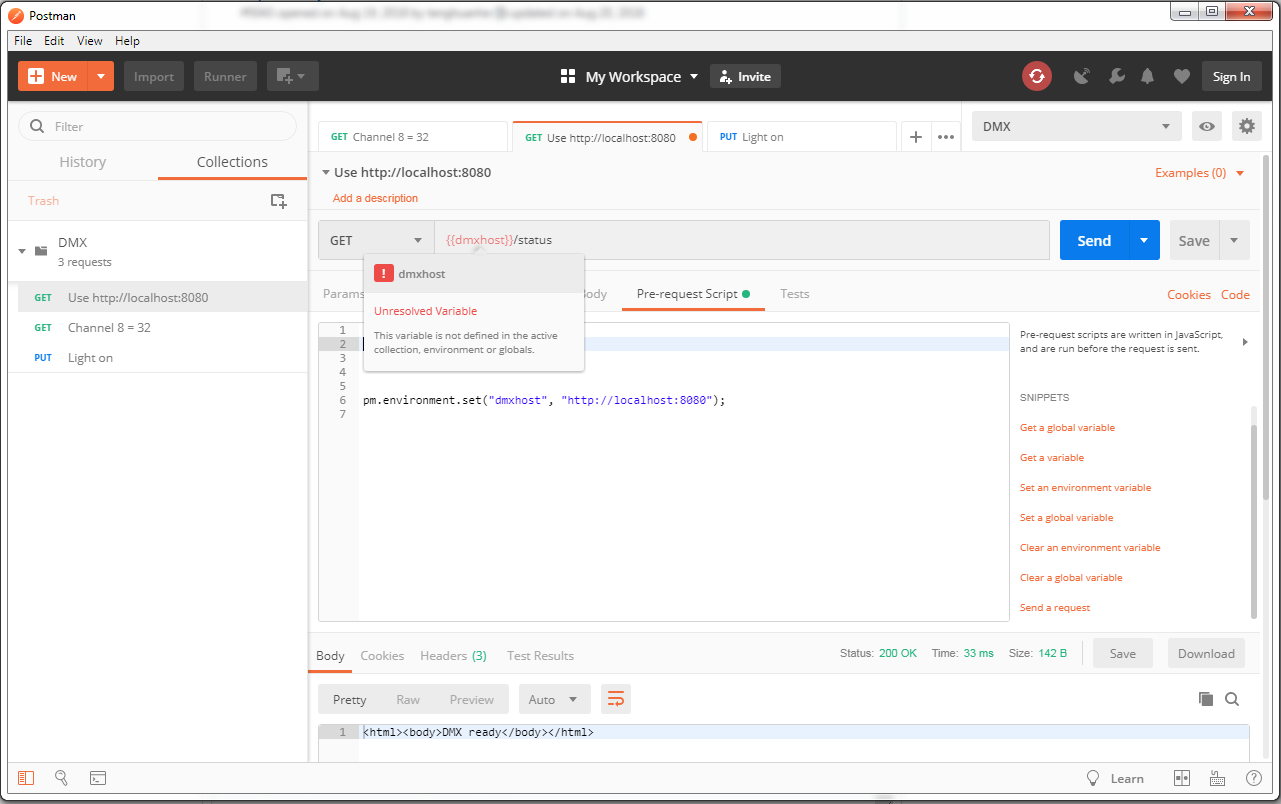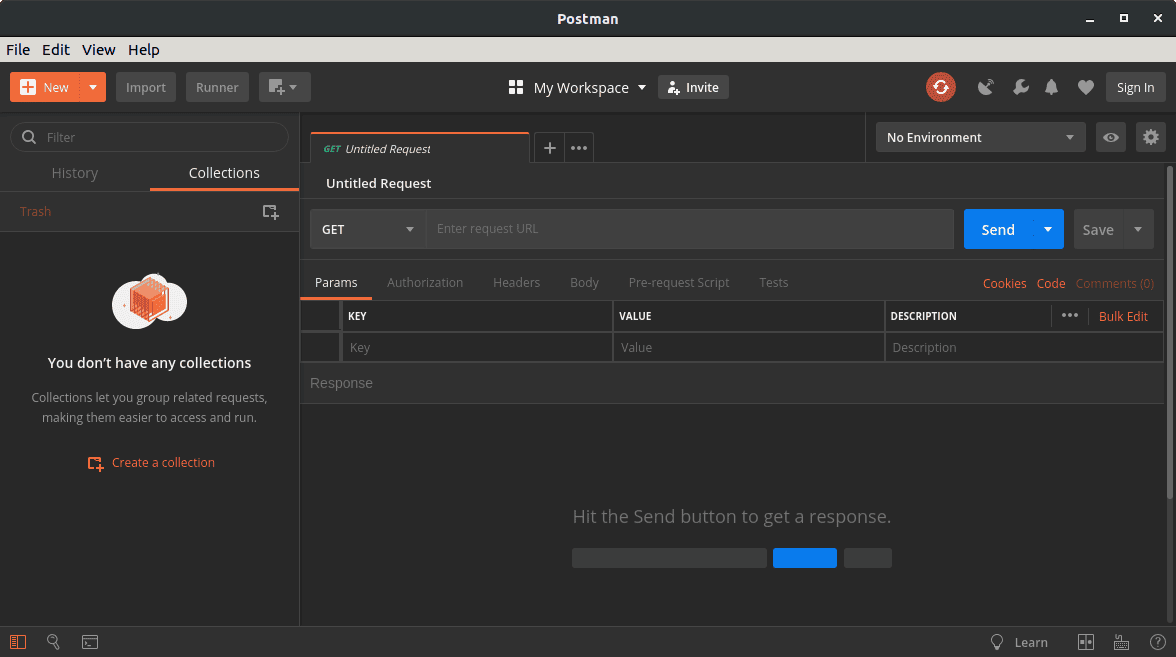

The main focus of friflo POST is allowing developers to organize requests and responses as files inside their projects to minimize context switching. It lets you send requests directly from JSON files via the CodeLense menu. friflo POSTįriflo POST is a minimalist extension for VSCode.
#Postman alternative mac free#
Thunder Client isn’t open source, but it can be used free of charge and comes with direct support from the creators. Clicking together your tests can improve productivity, even for developers. It comes with collections and environments and even offers a GUI for test automation. Thunder Client is the most feature-rich Postman alternative integrating with VSCode. These clients are tightly integrated with popular IDEs, and they allow usage without a need to leave your favorite dev tool. httpiness was created in early 2022, and by a small team, which makes it more likely they could abandon the project at any time This, coupled with its closed-source nature, makes httpiness a riskier choice.Īlongside developer-focused CLI clients, there is another category: IDE extension API clients. It can also import Postman collections, which makes switching to httpiness relatively easy. It’s not open source, but it is free to use. Httpiness is a minimalist desktop client that focuses on developer needs without overburdening the UI with too many features. It’s feature-rich, its developer is a large, established company-and best of all, it’s also open source and free. Insomnia is probably the most popular alternative desktop client to Postman. It understands OpenAPI/Swagger definitions, allows test automation, and supports different environments. Insomnia, created and maintained by API gateway company Kong, is another GUI client alternative to Postman.


It also lets you save your request definitions in collections and supports environments. REST, WebSockets, and GraphQL are supported. While it isn’t feature complete in that regard, Hoppscotch does come with impressive functionality. Open it in your browser and start sending requests-no installation is required.Īs its previous name suggests, it set out to be a direct competitor to Postman. Hoppscotchįormerly known as Postwoman, Hoppscotch is a web-based API client. These clients usually deliver a better user experience than CLI tools, but-depending on their implementation-it might be harder to integrate them into a CI/CD pipeline. The next category is API clients that come with a graphical user interface. It’s an HTTPie wrapper around cURL-it can match cURL’s performance and feature parity while maintaining HTTPie’s ease of use. CurlieĬurlie tries to hit the sweet spot between cURL and HTTPie. HTTPie has a major drawback: its often subpar performance can hinder executing hundreds of automated tests. While there aren’t many online guides, the client is significantly easier to use. HTTPie aims to provide a more user-friendly interface than cURL’s clunky one. It’s open source and free as in free beer, but it doesn’t come preinstalled on modern operating systems. HTTPie is a more up-to-date alternative to cURL. But since it’s a de facto standard Linux software, it remains popular, with countless guides and tutorials offered online (there are over 40,000 questions with the cURL tag just on Stack Overflow). It’s a battle-tested tool that has displayed good performance characteristics over the years, and it can handle running huge API test suites.ĬURL’s main downsides are its age and cumbersome interface. It comes preinstalled on all major Linux distributions and even macOS it’s also free and open source. cURLĬURL is the most widely used Linux CLI API client. They run in the command line and can easily integrate with other tools, making easy work out of automation and CI/CD integration. Let’s start with command line interface (CLI) clients.


 0 kommentar(er)
0 kommentar(er)
